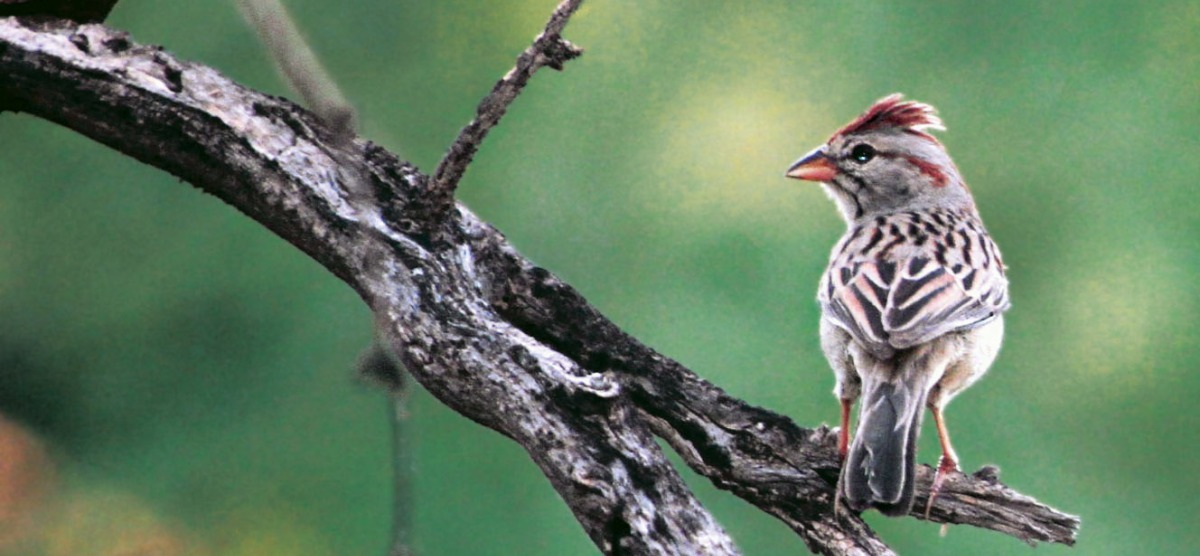
Size Matters
A new study finds that the changing climate might spell trouble for tropical bird species.
For generations, perplexed ecologists wondered why tropical species seemed more sensitive to small environmental changes than did their nontropical siblings.
Fifty years ago, scientists proposed two possible explanations: One suggested that species closer to the equator tend to have more specialized diet requirements and the other that stable equatorial climates mean that species there can’t tolerate big swings in temperature.
For Biology Professor Sydne Record and her colleagues, those ideas led to the prediction that bird species outside the tropics would vary more in body size than would those in the tropics.
To test their hypothesis, the team compiled specimen data from museums worldwide and created a “consensus tree” of bird species generated from 100 current such trees. They then looked for pairs of species nearest to each other on the branches and came up with 2,119 pairs. Of those pairs, they found 68 species pairs that had both a tropical and nontropical species—for example, the rufous-winged sparrow and the Oaxaca sparrow.
Their analysis determined that across all tropical and nontropical bird species pairs, the tropical members tended to have lower body-size variability.
So what? you ask.
Scientists who study the tropics are particularly concerned about the impact of climate change on the regions’ species. Record explains, “We know that when there’s less variation in a species’ body size, that species is at greater risk to environmental change.”
Record and her colleagues remain perplexed, however, about exactly why there’s less body-size diversity among tropical species.
“While we still don’t fully understand the causes for the variation, our findings supported our prediction and suggest that tropical birds will be more susceptible to ongoing human-caused environmental changes,” Record says.
The study, which received funding from the National Science Foundation, appears in Biology Letters. Quentin D. Read, a postdoctoral researcher at Michigan State University who was co-mentored by Record, is the study’s lead author. Other authors include Benjamin Baiser of the Department of Wildlife Ecology and Conservation, University of Florida; John M. Grady, also a postdoc at Bryn Mawr College and Michigan State; Phoebe L. Zarnetske, an assistant professor at Michigan State; and Jonathan Belmaker of Tel Aviv University.
Published on: 09/21/2018